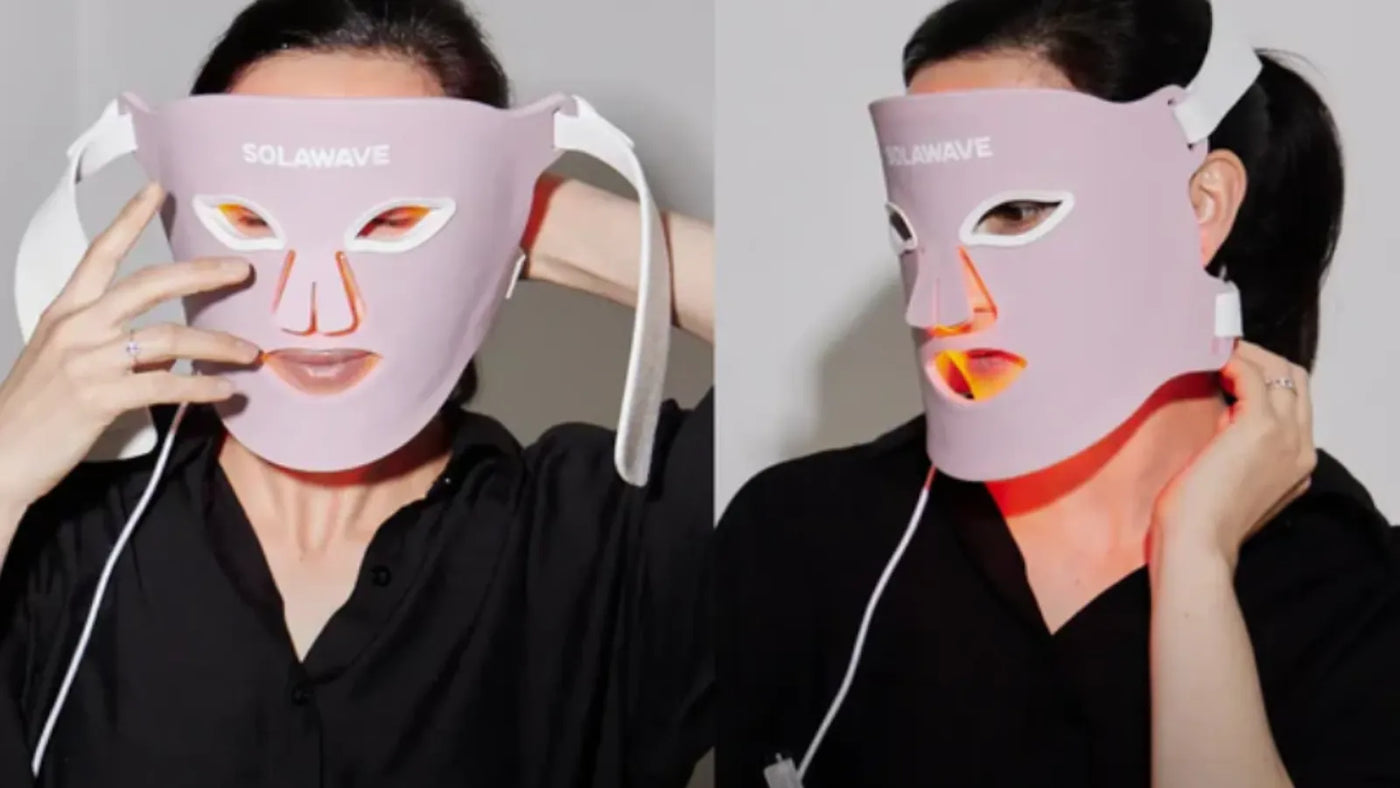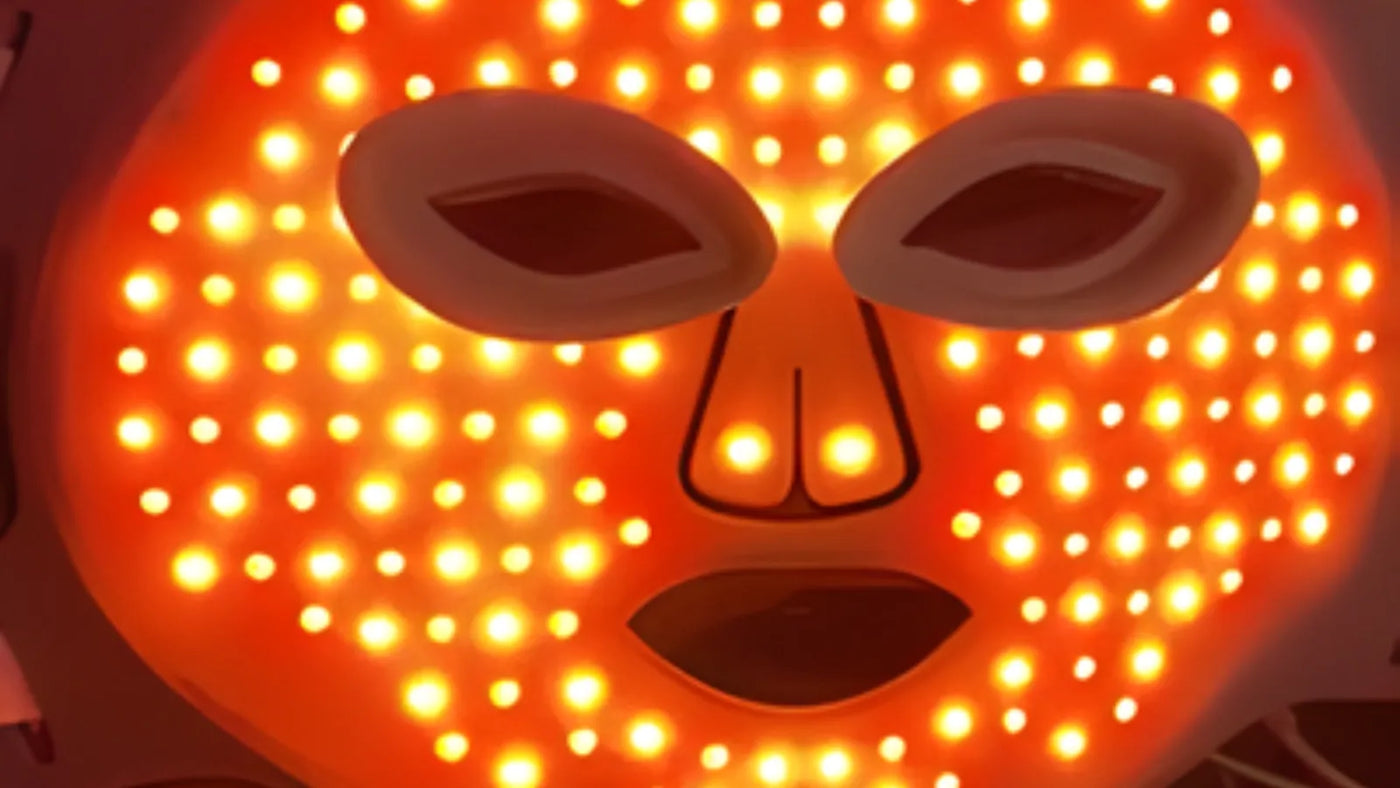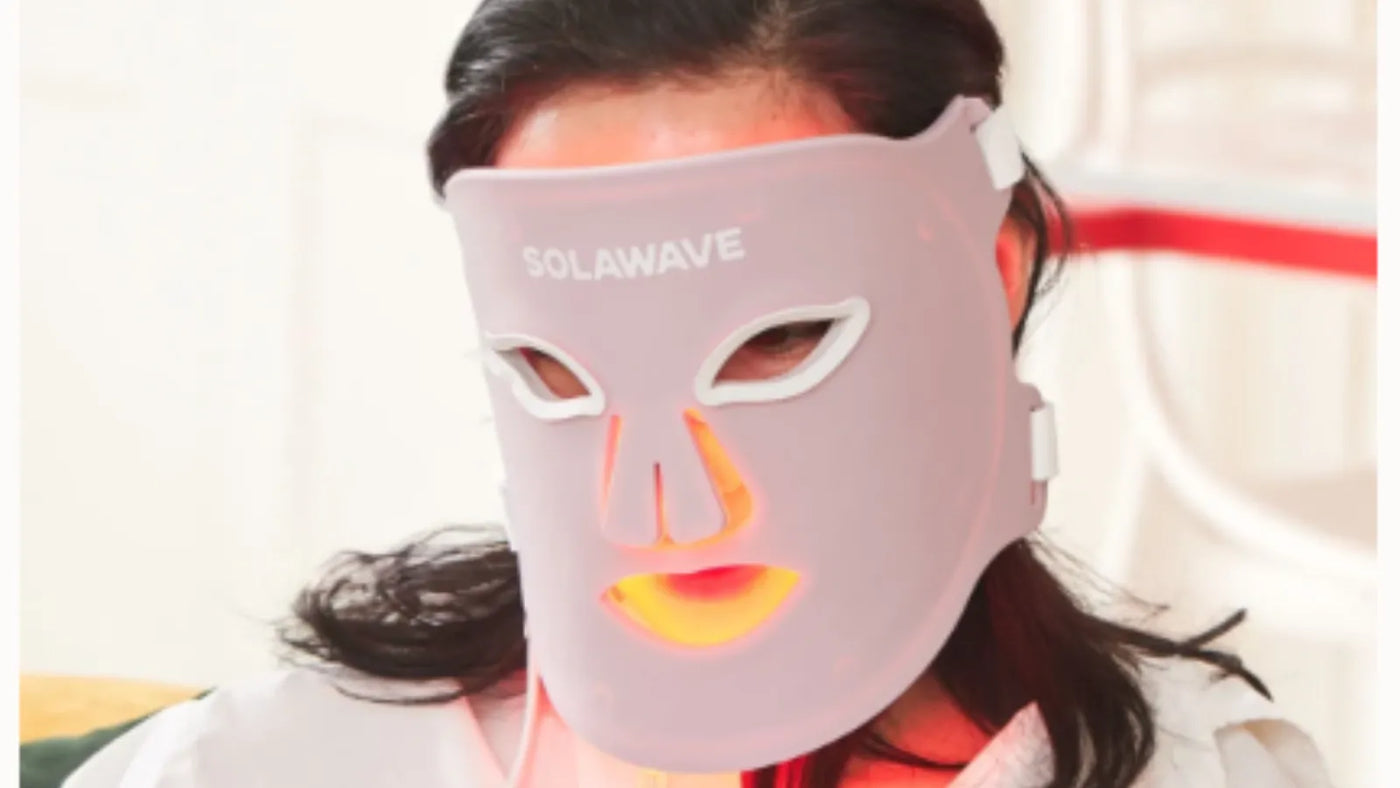
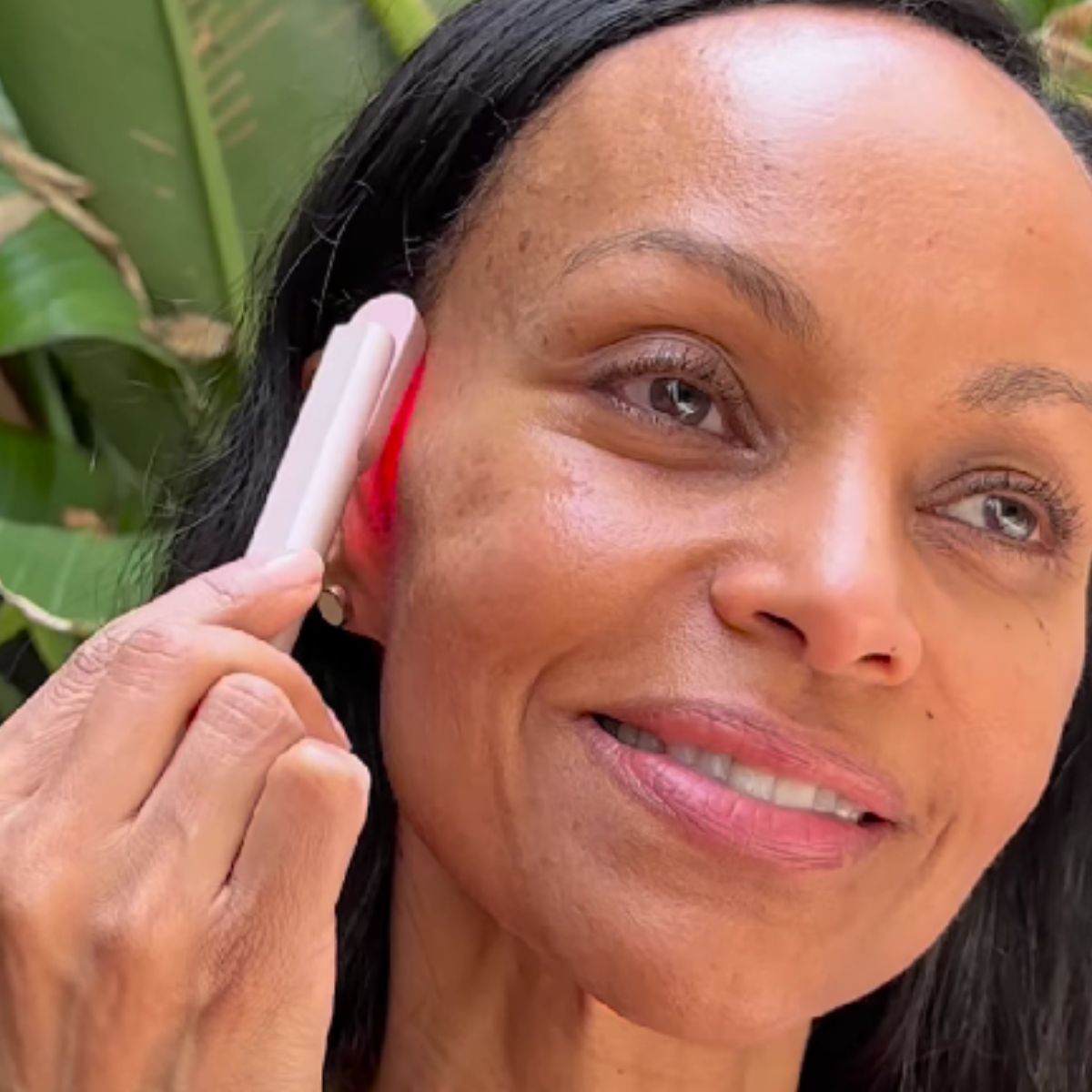
The Different Types of Scars and How To Treat Them
Scars are a common part of life, often serving as reminders of past injuries, surgeries, or skin conditions. While they’re a natural result of your body’s healing process, scars can sometimes affect how you feel about your appearance and even impact your confidence. This article will guide you through the various types of scars, discuss proven ways to help address them, and clarify what role, if any, Red Light Therapy (RLT) and other Light Therapy options may play.
How Do Scars Form?
A scar is a mark left on your skin after a wound or injury has healed. Scars are a natural part of your body’s healing process, forming when the deeper layers of your skin—the dermis—are damaged. When your skin is injured, your body quickly works to repair the wound by producing new collagen fibers, which are proteins that give your skin strength and structure. This rapid repair process helps close the wound and protect your body from infection, but the new tissue often looks and feels different from the surrounding skin, resulting in a scar.
![A rose gold SolaWave [BINAERY] 4-in-1 Radiant Renewal Skincare Wand stands by a serum bottle, highlighting advanced skin technology for reducing fine lines. Award badges from leading magazines are displayed to the right. || Rose Gold](https://www.solawave.co/cdn/shop/files/Updated-_RadiantRenewalSkincareWandKitLightBoostSerum-RoseGold_1200x_c979c64a-44e4-4f0c-9110-00c7cd0d18f5.webp?v=1733859035&width=900) POPULAR
POPULAR 
The healing process begins with inflammation, as your body sends blood, nutrients, and immune cells to the site of injury. Next, your body produces collagen to rebuild the damaged area. Over time, the wound contracts and the new tissue matures, which can take weeks to months. The final appearance of a scar depends on several factors, including the depth and size of the wound, its location on your body, and how well you care for the injury as it heals.
Several factors influence how your scars form and how noticeable they become:
-
Genetics: Your genetic makeup plays a fairly large role in how your skin heals. Some people are more prone to developing thick or raised scars, while others may heal with minimal scarring.
-
Wound Care: Proper wound care—such as keeping the area clean, moist, and protected—can help minimize scarring. Picking at scabs or exposing wounds to the sun can make scars worse.
-
Skin Type and Color: People with darker skin tones may be more likely to develop certain types of scars, such as keloids or hyperpigmented scars.
-
Age: Younger skin tends to heal more quickly but may also produce more noticeable scars.
-
Location of the Injury: Areas of the body that experience more movement or tension, like the chest, shoulders, or joints, are more likely to develop prominent scars.
 $104 Savings
$104 Savings 
The Different Types of Scars
Not all scars are the same. The way a scar looks and feels depends on the type of injury, your body’s healing response, and other individual factors. Here are the main types of scars you might encounter:
Hypertrophic Scars
Hypertrophic scars are raised, thickened scars that stay within the boundaries of the original wound. They often appear red or pink and may feel firm or rubbery to the touch. These scars are most common after burns, cuts, or surgical incisions. Hypertrophic scars usually develop within weeks of the injury and may become more noticeable over the first few months. Over time, they can flatten and fade, but they rarely disappear completely without intervention.
Common causes of hypertrophic scars include trauma, surgery, and burns. They are more likely to form in areas of high tension or movement, such as the shoulders, chest, or knees. While hypertrophic scars can be itchy or uncomfortable, they generally do not grow beyond the original wound site.
Keloid Scars
Keloid scars are similar to hypertrophic scars but are more aggressive in their growth. Unlike hypertrophic scars, keloids extend beyond the boundaries of the original wound, forming large, raised, and sometimes irregularly shaped scars. They can be red, purple, or darker than the surrounding skin and may continue to grow over time.
Keloids are more common in people with darker skin tones and often develop after minor injuries, such as piercings, acne, or even insect bites. Common locations for keloid scars include the earlobes, chest, shoulders, and upper back. Keloids can be itchy, tender, or even painful, and they may cause emotional distress due to their appearance. Genetics play a significant role in keloid formation, and if you have a family history of keloids, you may be at higher risk.
Atrophic Scars
Atrophic scars are sunken or depressed scars that form when the skin loses underlying tissue during the healing process. These scars are often the result of conditions that destroy collagen, such as severe acne or chickenpox. Atrophic scars can appear as small pits (ice pick scars), larger indentations (boxcar scars), or rolling depressions.
 $126 Savings
$126 Savings 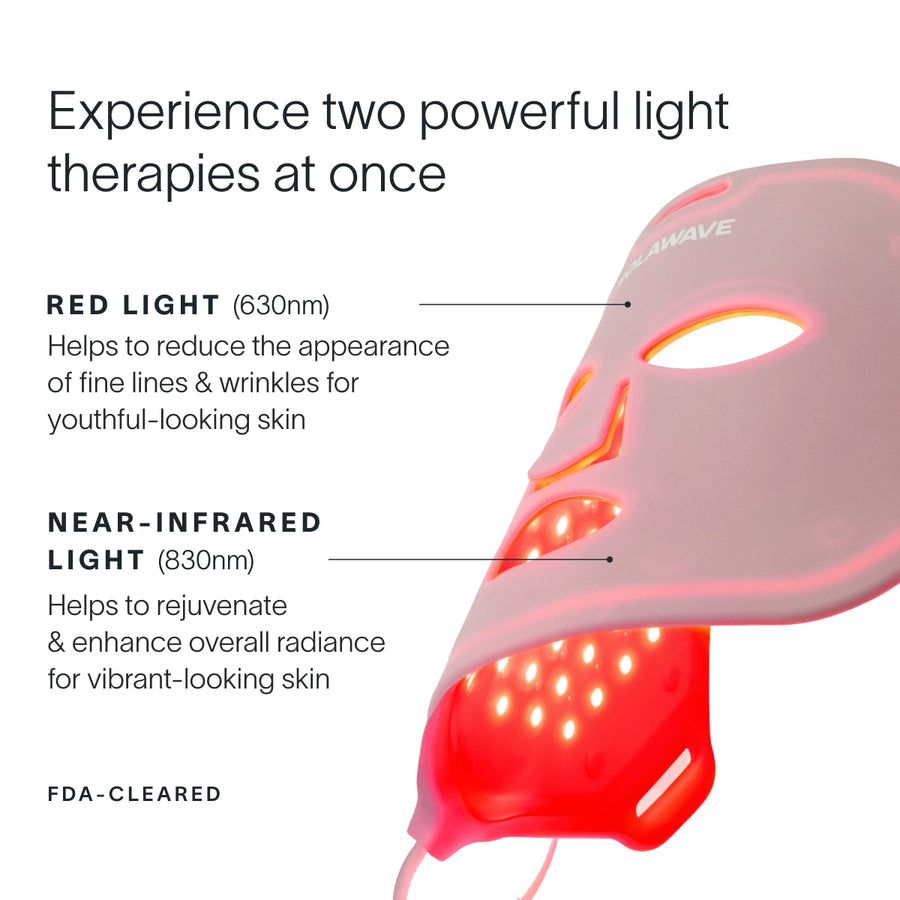
The sunken appearance of atrophic scars is due to a lack of collagen production during healing, which leaves the skin unable to fully regenerate its original structure. These scars are most commonly found on the face but can occur anywhere on the body. Atrophic scars can be challenging to treat, but various dermatological procedures may help improve their appearance.
Contracture Scars
Contracture scars form when a large area of skin is damaged and the wound pulls the edges of the skin together during healing. This type of scar is most often associated with burns. As the scar tissue contracts, it can tighten the skin, muscles, and tendons, sometimes restricting movement and causing discomfort.
Contracture scars can be particularly problematic when they occur over joints, as they may limit your range of motion and affect daily activities. These scars often require specialized medical treatment, such as physical therapy or surgical intervention, to restore function and improve appearance.
Other Scar Types
-
Stretch Marks (Striae): Stretch marks are a type of scar that forms when the skin is stretched rapidly, such as during pregnancy, growth spurts, or significant weight changes. They appear as streaks or lines on the skin and can be red, purple, or white, depending on their age. Stretch marks are most common on the abdomen, thighs, hips, and breasts.
-
Surgical Scars: Any surgical incision can leave a scar. The appearance of surgical scars depends on the size and location of the incision, the surgical technique used, and how well the wound heals. Some surgical scars may be thin and barely noticeable, while others can become raised, thickened, or stretched.
 $152 Savings
$152 Savings 
Ways to Help Address Scars
There are several methods to help improve the appearance of scars. While no approach can guarantee complete removal, these options can support your skin’s healing and help scars become less noticeable over time.
Topical Treatments
-
Silicone Gels and Sheets: Widely recommended by dermatologists, silicone-based products can help flatten and soften raised scars. They work by creating a protective barrier that retains moisture and supports the skin’s natural repair process.
-
Over-the-Counter Creams and Ointments: Products containing ingredients like vitamin E, onion extract, or hydrocortisone may help reduce redness and improve scar texture. While results can vary, consistent use as directed may offer gradual improvement.
Medical Procedures
-
Laser Therapy: Different from Light Therapy, laser treatments use focused light to resurface the skin, reduce redness, and stimulate collagen production. This option is often used for hypertrophic, keloid, and atrophic scars.
-
Microneedling: This procedure involves tiny needles that create micro-injuries in the skin, encouraging collagen production and helping to smooth out atrophic scars.
-
Steroid Injections: For raised scars like keloids and hypertrophic scars, steroid injections can help flatten and soften the tissue over time.
-
Surgical Revision: In some cases, surgical removal or revision of a scar can create a thinner, less noticeable scar. This is typically reserved for severe or restrictive scars.
Home Remedies and Lifestyle Tips
-
Sun Protection: Protecting scars from sun exposure is crucial, as UV rays can darken scars and make them more noticeable. Use sunscreen or cover scars with clothing.
-
Proper Wound Care: Keeping wounds clean, moist, and covered during healing can help minimize scarring. Avoid picking at scabs or scratching healing skin.
-
Massage and Hydration: Gently massaging scars and keeping the skin moisturized can help soften scar tissue and improve flexibility, especially for newer scars.
When to See a Dermatologist
Some scars can benefit from professional evaluation, especially if they are causing discomfort, restricting movement, or affecting your confidence. You may notice signs such as persistent pain, itching, rapid growth, or changes in color and texture—these can indicate that a scar should be assessed by a dermatologist.
A dermatologist can help determine the type of scar you have and discuss personalized treatment plans that may be most effective for your situation. If over-the-counter options or home remedies are not providing the results you want, or if you are unsure about the best way to care for your scar, seeking expert input can provide clarity and support for your skin health.
Frequently Asked Questions About Scars
Can scars be completely removed?
Scars usually cannot be completely removed, but their appearance can often be improved with various treatments. Most methods focus on making scars less noticeable rather than eliminating them entirely.
How long does it take for scars to fade?
The time it takes for scars to fade can vary widely. Some scars may begin to fade within a few months, while others can take a year or longer. Factors like scar type, skin type, and how the wound was cared for can all influence healing time.
Are there ways to prevent scars?
While it’s not always possible to prevent scars, you can help minimize their appearance by practicing proper wound care, protecting healing skin from the sun, and avoiding picking at scabs. Genetics and the nature of the injury can also play a role in whether a scar forms.
Conclusion
There are several proven ways to help address the different types of scars, including topical treatments, medical procedures, and healthy lifestyle habits. Remember, every scar and every person’s skin is unique, so results can vary. For the most effective care, you should consult with a healthcare professional or dermatologist to find the best approach for your individual needs.
Disclaimer: This article is intended for informational purposes only and should not be interpreted as medical advice or guidance. Always seek medical advice and care from a trusted healthcare professional.
Sources:




















